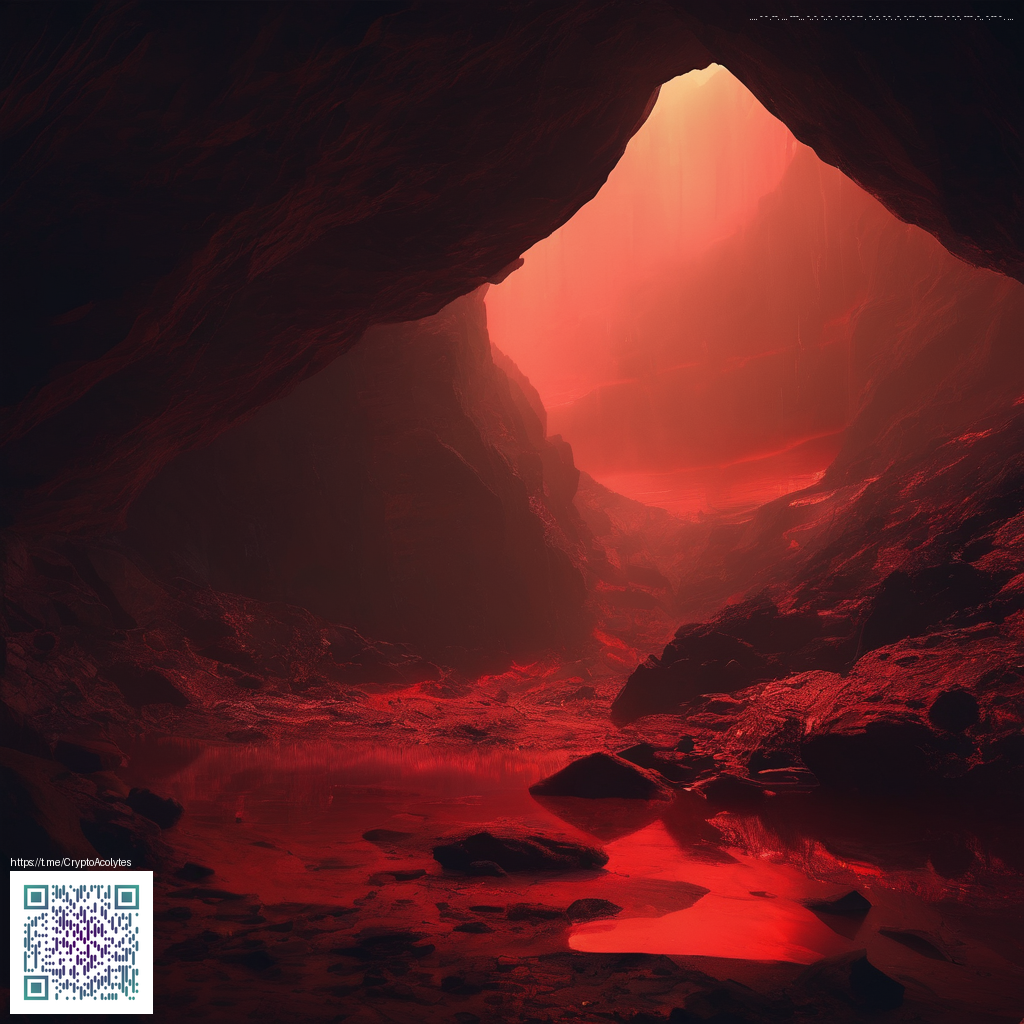
NFT Use Cases Across Industries
Non-fungible tokens (NFTs) have evolved far beyond collectible art, quietly reshaping how businesses design, verify, and monetize digital and physical assets. The real magic lies in the combination of a unique on-chain token and an integrated off-chain workflow that together establish verifiable provenance, programmable rights, and streamlined access. As with any transformative technology, the most compelling use cases emerge when the token design aligns with a concrete business need and a seamless user experience. 🚀💡
Provenance, authenticity, and supply chain resilience
In today’s global marketplace, knowing the exact journey of a product matters. NFTs can encode immutable records of origin, manufacturing batch, quality checks, and transport milestones. This creates a tamper-evident trail that buyers, regulators, and insurers can trust. Luxury goods, pharmaceuticals, wine, electronics, and even perishables stand to benefit from a transparent ledger that reduces counterfeit risk and speeds recalls. The on-chain token serves as a beacon of truth that travels with the product—from factory floor to storefront to final consumer. 🔗🧭
Identity, credentials, and lifelong learning
Credentialing is undergoing a quiet revolution. NFT-based certificates, licenses, and badges can be issued, stored, and verified without brittle paper records or manual verification requests. Because the credentials are owner-controlled and cryptographically verifiable, employers and institutions can validate the authenticity of a credential with a quick check, while learners retain portable proof across jobs and countries. This approach also invites new models for micro-credentials, apprenticeships, and alumni networks, where progress is documented and shareable with a simple wallet scan. 🎓🔐
Real estate, tokenization, and digital twins
Tokenizing real estate isn’t just about fractional ownership; it’s about unlocking more liquid markets and more informed property management. NFTs can represent ownership interests, liens, or co-ownership agreements, while digital twins provide a live data surface for maintenance, energy use, and insurance. Smart contracts can automate rent distributions, escrow arrangements, and service-level agreements, reducing friction and speeding up transactions. Of course, regulatory clarity varies by jurisdiction, but the trend toward clean, auditable records is clear and accelerating. 🏢📈
Ticketing, access, and event economies
NFT tickets do more than confirm entry; they enable post-event experiences, exclusive content, and transparent resale ecosystems. By embedding perks into a token, organizers can gate access to backstage chats, limited-edition merchandise, or post-event communities. For attendees, ownership of an NFT ticket can serve as a durable memento with ongoing value—while creators collect royalties on secondary sales. The result is a more resilient, fair, and innovative event economy. 🎟️✨
Media rights, licensing, and creator ecosystems
In entertainment, publishing, and software, NFTs can help manage licensing terms, usage rights, and revenue splits with greater clarity. Tokenized licenses provide an auditable trail of who has what permission, when, and for how long, reducing disputes and accelerating settlements. For independent creators and smaller studios, NFTs offer a scalable way to package and monetize rights, while fans and customers gain transparent access to the content they love. The relationship between on-chain terms and real-world agreements becomes a living contract that adapts with usage. 🎬🎶
“NFTs aren’t a magic wand; they’re a disciplined toolkit for encoding trust, permissions, and ownership into both digital and physical workflows.”
Healthcare data, consent, and patient autonomy
Privacy-aware NFT models could give patients granular control over who sees their data and for what purpose. A consent NFT might grant researchers access for a specified period, with revocation and activity auditing handled via smart contracts. While the governance and compliance landscape is complex, the potential to simplify consent management, improve data sharing efficiency, and empower patients to control their information is compelling. 🧬🛡️
What makes NFT programs practical?
A key lesson is to start with a well-scoped problem and a clean pilot. For organizations exploring NFT-enabled processes, begin with a single, verifiable workflow—such as provenance for a product line or verifiable credentials for a training program—and measure impact before expanding. In parallel, designing for user experience matters as much as the on-chain mechanics. When users encounter intuitive interfaces and reliable hardware, adoption grows. For professionals who spend long hours navigating dashboards and marketplaces, a steady workspace can make all the difference. For instance, consider a Non-slip Gaming Mouse Pad (9.5x8in) with Anti-Fray Rubber Base—a small but meaningful upgrade to your daily setup that keeps your cursor aligned during critical tasks. 🖱️🧊
For designers and developers seeking ideas or visual references, the design resource page linked below offers thoughtful context and inspiration. It’s a useful compass when translating on-chain concepts into real-world workflows: design resource page. 🗺️🎨
Starting points and practical steps
- Identify a pain point where trust, provenance, or rights management is currently manual or opaque.
- Define the on-chain asset and the off-chain workflow, ensuring guardrails for privacy and compliance.
- Prototype with a focused pilot that is measurable within 6–12 weeks.
- Gather user feedback early and iterate on the token design and UX.
- Monitor interoperability standards and explore potential partnerships to scale adoption.